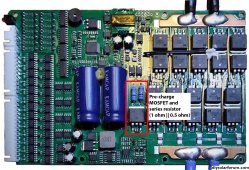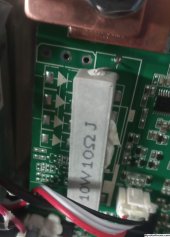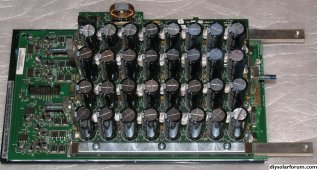Will my new Conext XW Pro 6.8KW inverter require a special precharge procedure to be connected to my LFP batteries? These are 2 paralleled batteries totalling 29KWH with the JK 200A smart BMSs. The BMSs allow maximum amperage to be set (default is 200 A) but I don't know if reducing that would work to limit the inrush current when I first connect the battery bank and inverter. Do the JKs have a precharge resistor? I do have a power resistor that I could use, or an old 60W 120V lightbulb.
I didn't take any special precautions when connecting the battery bank (configured for 24V) to my current Trace 4024, and I did get a small spark, but chances are the caps were still charged up.
Just looking for wisdom....thanks in advance!
I didn't take any special precautions when connecting the battery bank (configured for 24V) to my current Trace 4024, and I did get a small spark, but chances are the caps were still charged up.
Just looking for wisdom....thanks in advance!





